There's a lot of harvesting going on this time of year in and near our beautiful lakes. You might even participate in one or more of these activities. Contact us at lakes@uwsp.edu to share your story - we'd love to feature you and "your" lake in a future Lake Ripples or on our socials!
|
|
|
|
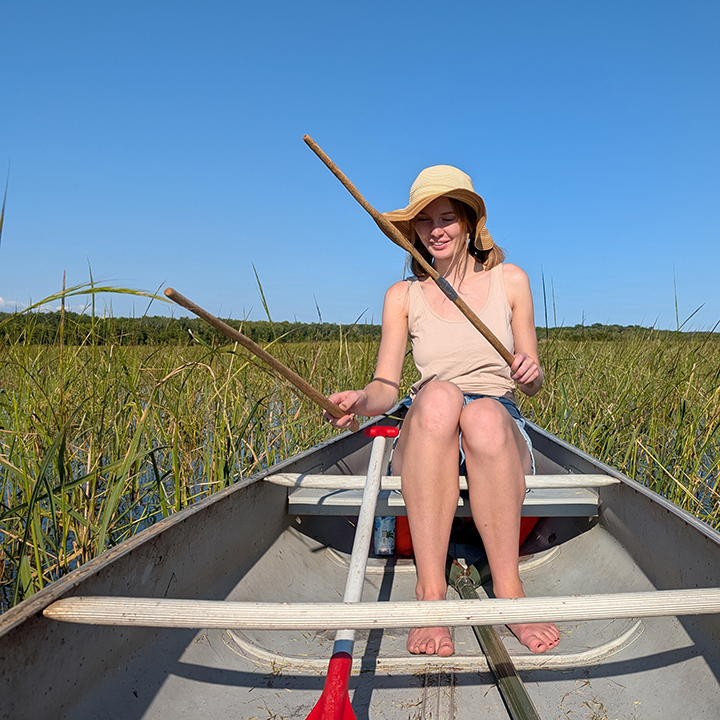
|
Ambrosia Wojahn harvesting manoomin (wild rice) from a jiimaan (canoe or boat) on a zaaga'igan (lake) in Taylor County. Photo by Ben Wojahn
|
MANOOMIN
Do you harvest manoomin (wild rice) this time of year? Ben Wojahn, the new Executive Director for our statewide nonprofit Wisconsin Lakes, has been an avid harvester of manoomin for many years. He shared some concerns about this amazing food that grows on the water.
"The manoomin harvest in Wisconsin was sparse this year. This native and important plant protecting our shorelines, reducing sediment stirring, and soaking up the phosphorus in aquatic systems, has not been returning to many lakes where it used to grow. Wild rice has so much environmental, cultural, and historical importance. From the Northeast to the Northwest, and even in the South, rice is not nearly as abundant in Wisconsin as it used to be. We have many important goals to help preserve our beautiful lakes and rivers. Protecting and re-establishing this habitat-creating superpower is an important tool for our water quality's future."
|
|
|
|
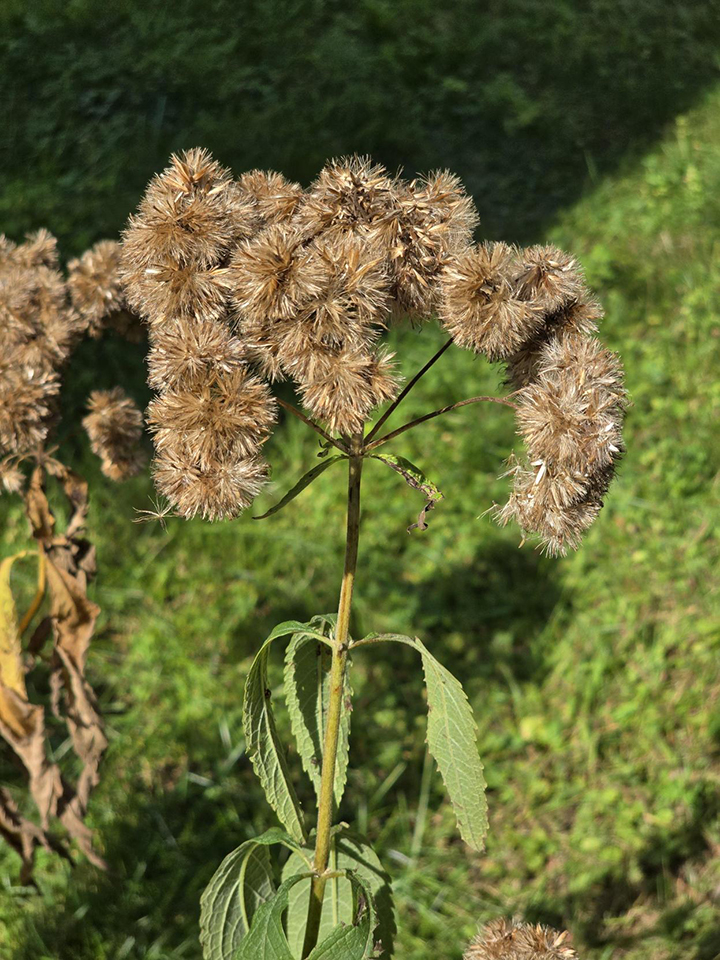
|
The fluffy seeds of this sweet Joe Pye weed (Eutrochium purpureum) are ready for harvest. Photo by Paul Skawinski
|
NATIVE PLANT SEEDS
Maybe you've been harvesting seeds from native plants to grow a new pollinator garden next year. If you're interested in collecting and propagating your own native plant seeds, but don't know where to start, here are a few tips:
- Know what you are collecting. Take photos of the plant in bloom so you can recognize the correct plant when it's in seed.
- Most native plant seeds need a period of cold, moist conditions for 30 days or more. Mix the seeds with moist sand in a plastic bag and put that in a refrigerator, or seed directly into trays or onto the ground before winter.
- If you broadcast seed onto the ground, do it right before a snowfall so the snow covers up your seeds before nearby birds can spot them and eat them!
- You can start seeds indoors up to six weeks early or simply let them germinate outdoors in the spring.
If you're not sure what to plant in your area, it's great to find out what type of soil you have and how much sun the garden will get. From there, you have so many options!
|
|
|
|
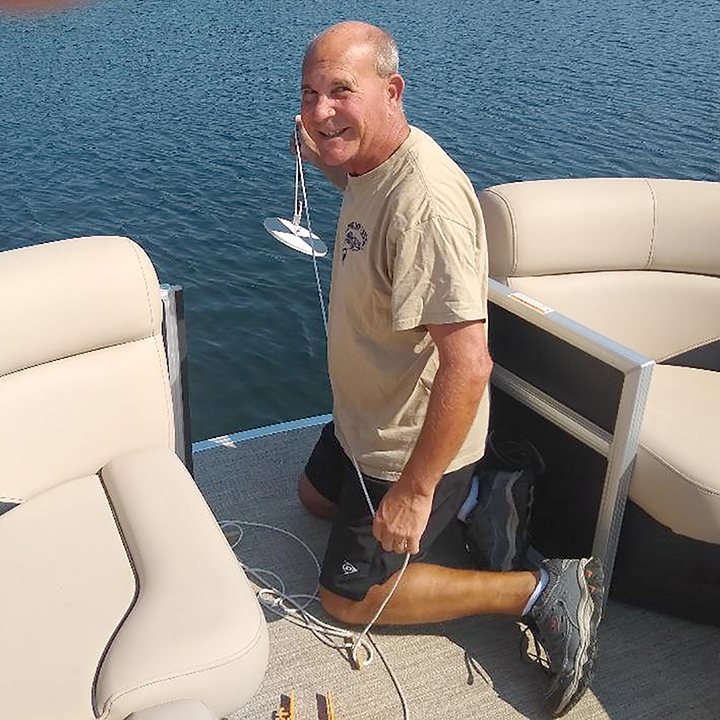
|
Tom Barborich "harvests" water clarity data using a Secchi disc on Trump Lake in Forest County. Photo provided by Tom Barborich
|
WATER QUALITY DATA
Many of you monitor our lakes for everything from water clarity and chemistry to aquatic invasive species and ice on/ice off data. If you haven't already, we'd love for you to submit those data into the SWIMS database as soon as possible. If you need any help entering data for Clean Boats, Clean Waters or Citizen Lake Monitoring Network activities, contact LakesSupport@uwsp.edu.
|
|
|
|
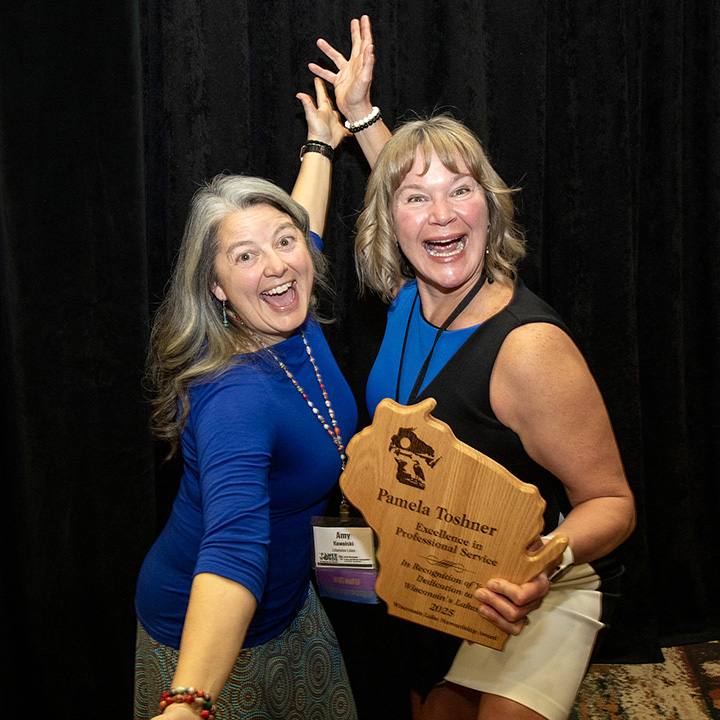
|
Celebrating her 2025 Lake Stewardship Award for Excellence in Public Service are Amy Kowalski (nominator) and Pamela Toshner (recipient). Photo by Doug Moore Photography
|
LAKE STEWARDSHIP NOMINATIONS
We know you all dedicate time and talent to our state's waters, so we're harvesting nominations for lake stewardship awards! Wisconsin Lake Stewardship Awards represent our best collective effort to honor and celebrate all the incredible work that goes into ensuring the future of our state’s legacy of lakes.
|
|
|
|
|
Lake Leaders Institute: Strengthening Our Water Network
|
Wisconsin Lake Leaders are a unique group of over 350 individuals who have dedicated time and resources to protect our shared waters. They all have inspiring stories and have made powerful connections with their fellow crew members. We hope sharing some of their stories inspires you to join us as a future Lake Leader or connect with one of these leaders in your area to strengthen the water network across Wisconsin.
|

|
|
|
|
Ladies of the Lake
It all started in 2021 when Wisconsin Lake Leaders Crew 13 came together after being delayed for a year due to COVID. A few of the participants formed a strong bond and the Ladies of the Lake was formed.
This dynamic group of women support each other’s lake protection efforts. They discuss ideas, solve problems, and learn together. In June 2023, some of the ladies attended the Northwest Lakes Conference in Spooner to learn more about lake protection and restoration. They also participated in the Advanced Lake Leaders session in September of that same year. Gathering at continuing education events such as these with a group of people you know and trust makes the networking more productive and the event more memorable.
The Ladies of the Lake group has grown beyond Crew 13 as women from other Lake Leader crews have also joined their network. Just recently, this group attended the 2025 Northwest Lakes Conference in Hayward and participated in their second Advanced Lake Leaders gathering in Siren.
We look forward to seeing what this group accomplishes as they support each other and work to solve complex problems.
|
|
|
|
Phenology Fun Fact
Harvest time is also when most water birds are migrating through Wisconsin. In fact, wild rice is one of the most important foods for waterfowl in North America, as well as a place for migrating birds to hide or relax along their journey south.
Did you know...
- Wild rice is critical to the sora rail, providing 94% of its grain diet in the fall.
- Loons look in rice beds for small fish, frogs, and other tasty snacks.
|
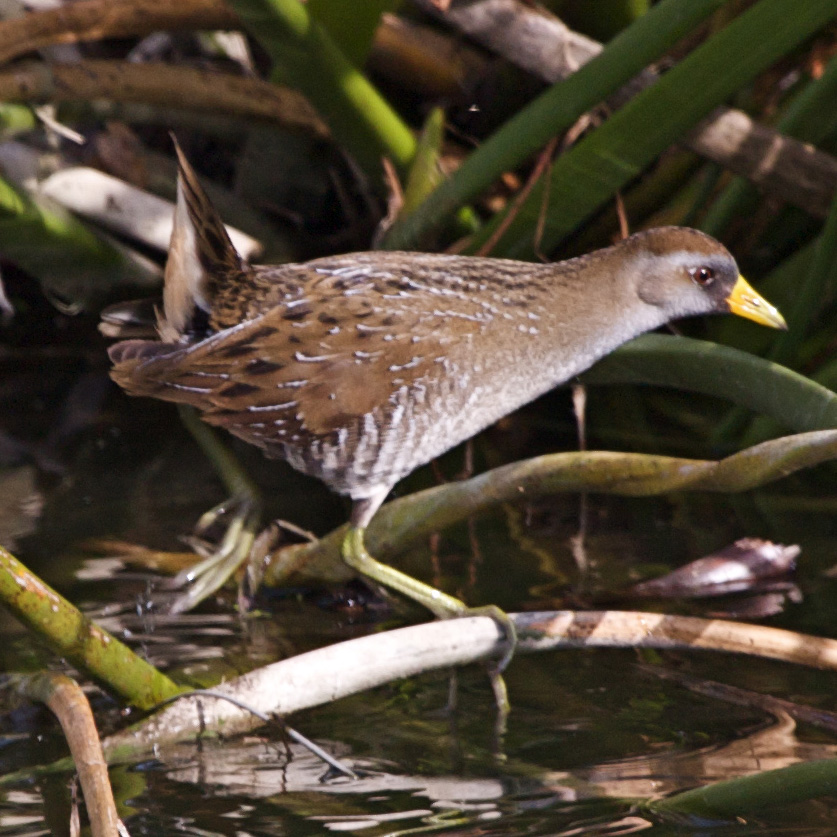
|
This sora rail was caught on camera by Teddy Llovet.
|
|
|
|
~36,802,300 birds crossed Wisconsin last night!
|
|
|
|
|
|
|
Upcoming Events/Deadlines
|
Wetland Science Conference Call for Proposals - September 29
|
|
|
Healthy Lakes & Rivers Photo Contest - September 30
Show off your efforts to keep our lakes and rivers healthy! Submit photos of 1) Healthy Transformations (before/after), 2) Wildlife Enjoying Habitat, and 3) People Making Healthy Lakes & Rivers Together to help celebrate 10 years of the Healthy Lakes & Rivers (HLR) Initiative. Photos do not need to be from HLR grant-sponsored practices and can include DIY practices or existing natural shorelines. Get all of the contest information and submit your photos from the HLR website.
|
|
|
Wisconsin Lakes and Rivers Convention Call for Proposals - October 1
|
|
|
Wisconsin Science Festival - October 16-26
The Wisconsin Science Festival was founded on the notion that art and science go hand-in-hand. Many events highlight this intersection and can range from guided nature hikes to story times, hands-on expos, and pub talks, so there is likely something for all ages. Find out more on the Wisconsin Science Festival website.
|
|
|
|
|
|
|
|
|
|
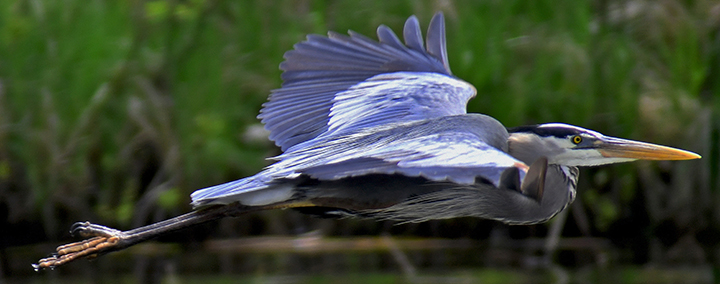
|
"Low Altitude Flight" was taken at Upper Eau Claire Lake in Bayfield County by Bruce Palla.
|
"The birds will wing from the weather,
While I stand, still as the harvest,
With the sound of the fall in the air."
Carolyn Kizer
|
|
|
|
Did this come to you from a friend? Subscribe HERE.
|
|
|
|
|